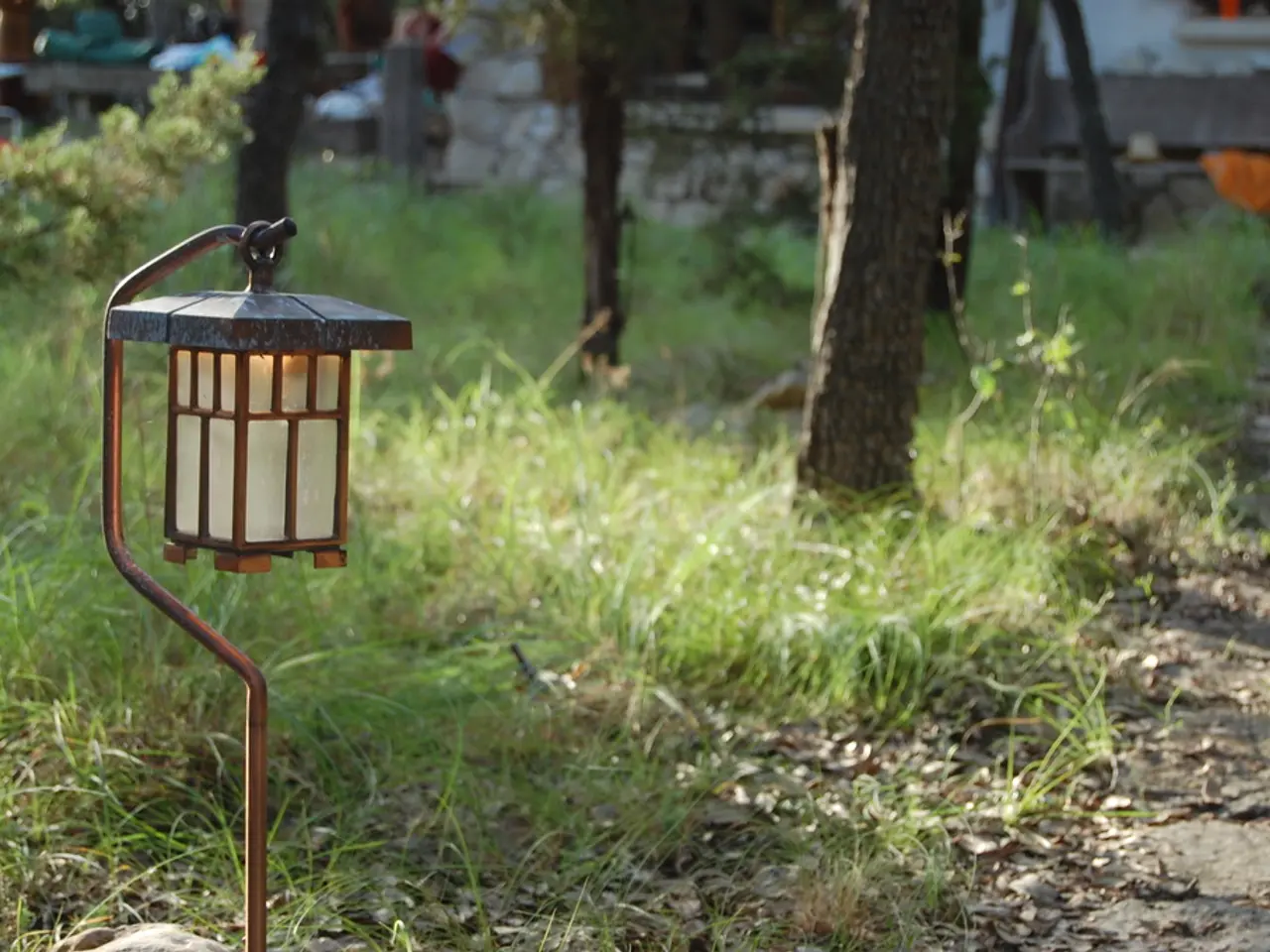Complete gardening tasks in August to guarantee a productive flower bed and vegetable plot
August is a busy month for gardeners, as both flower and kitchen gardens require attention to maintain their vigor through the waning growing season while preparing for autumn and the following spring. Here are some recommended tasks, as advised by garden writers Aaron Bertelsen and head gardener Benjamin Pope.
In the flower garden, deadheading flowers regularly is crucial to keep plants tidy and encourage continual blooming. This applies to roses, annuals, and perennials alike. For rambling roses, cut back by about a third to manage growth and keep them healthy. Continue feeding flowering plants with liquid or seaweed fertilizers, particularly containers and hanging baskets, to maintain energy for blooms throughout late summer. Using tomato feed leftover is also beneficial.
Collecting seeds from flowers such as sweet peas, cosmos, aquilegia, and foxgloves is a great way to prepare for next spring’s planting. Store them in a cool, dry place. Divide perennials and take softwood cuttings to propagate plants while they are actively growing.
Protect fruit crops as needed to avoid losses from pests or weather. Plant cool-season crops and perennials, as August is a good time to establish these for fall and next spring growth. Plan a wildflower garden by mowing or strimming existing meadows in August to encourage new seed growth.
In hot or desert climates, move containers to afternoon shade to prevent heat stress, group containers for insulation, and top up soil organic matter in larger containers.
For kitchen gardens, sowing or direct sowing certain vegetables in August is recommended, though specifics depend on climate; common late summer crops include leafy greens, radishes, and certain root vegetables. Any remaining maincrop potatoes should be lifted on a warm, sunny day to allow the skins to dry out and reduce the risk of rot.
If growing tomatoes other than 'Crimson Crush', it's recommended to spray with an organic copper spray or one containing baking soda to prevent blight. The garden writer suggests a late sowing of beetroot around this time for developing roots and colorful autumn/winter salads.
Onion seed can be sown now, with Allium cepa 'White Lisbon' being a good choice for heavy clay soil. Tender perennials like Helichrysum petiolare and Pelargonium tomentosum can be propagated by taking semiripe cuttings.
In the kitchen garden, leafy crops such as Swiss chard and kale should be cleaned up to improve air circulation, reduce vulnerability to white fly and moulds, and allow water to reach the roots. Salad crops should be continuously sown every three or four weeks to ensure a supply into the early winter.
Perennial herbs should be cut back and cleaned up now to recover before the cold months. Early apples are starting to ripen now, and the apple is ready to harvest if the stem comes away from the branch. Lavender can be cut back now, removing most of the new growth to keep plants compact and healthy.
Bulbs for spring-flowering plants can be ordered now for autumn planting. Water features should be cleaned now to avoid disturbing wildlife during critical winter months. To maximize tomato ripening and reduce blight, lower leaves and diagonal shoots can be stripped from plants, and the tops can be pinched out when plants reach 1.5m tall.
These August tasks help maintain garden vigor through the waning growing season while preparing for autumn and the following spring. Planning ahead is important for garden maintenance, especially when going away, as help will be needed and both watering and harvesting are crucial.
In the home-and-garden lifestyle, regular deadheading of flowers in the flower garden is crucial for continual blooming of various plants, including roses, annuals, and perennials. To prepare for next spring's planting, collecting seeds from flowers such as sweet peas, cosmos, aquilegia, and foxgloves is advisable. In the kitchen garden, sowing certain vegetables like leafy greens, radishes, and certain root vegetables in August is recommended.





